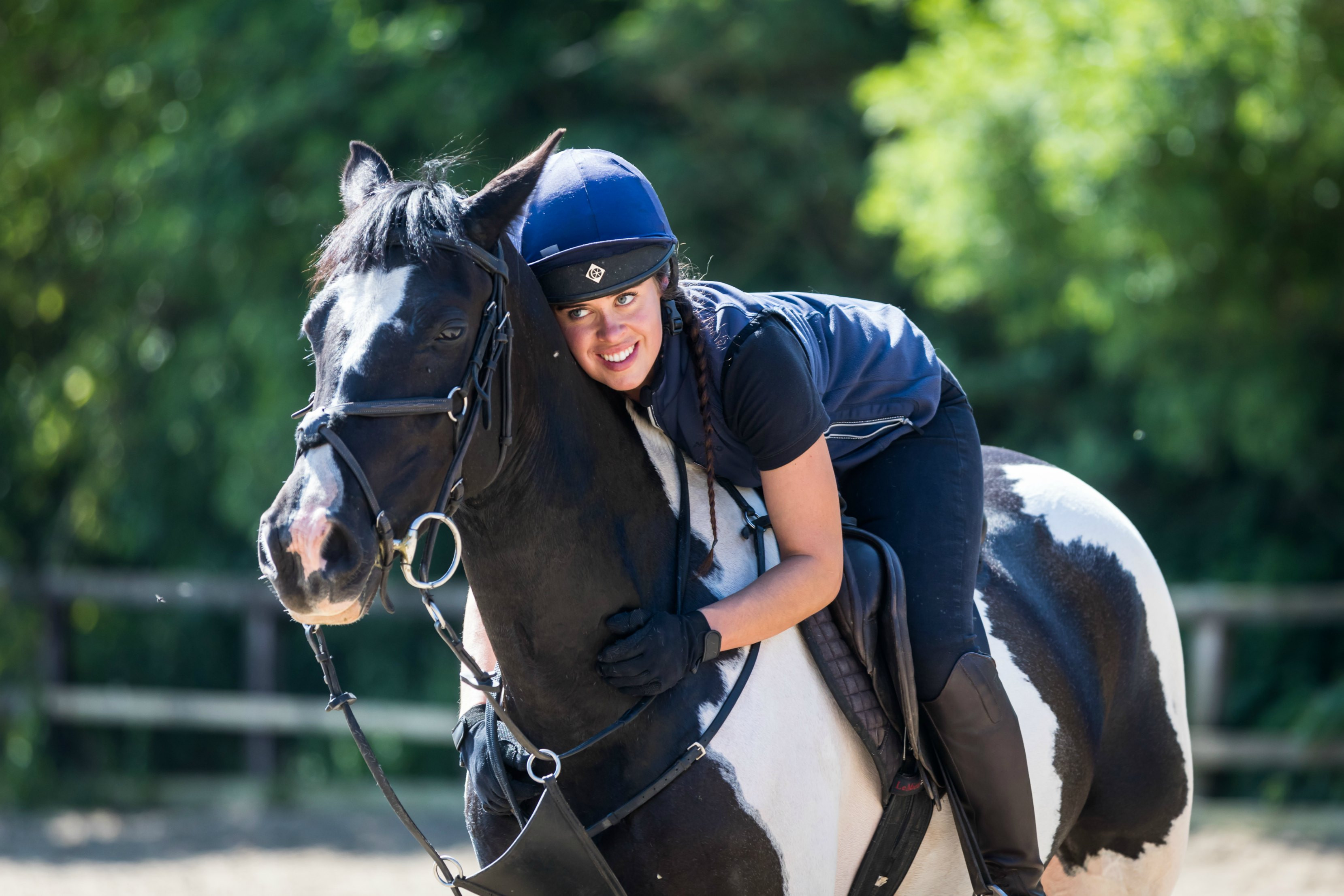Have you ever thought about what your saddle can tell you about your horse?
It is often assumed that if a saddle is slipping to one side, that this is the fault of the rider being "crooked", a poorly fitting saddle (e.g. asymmetrical flocking) or asymmetry in the horse’s back shape. Recent studies by the Animal Health Trust in Newmarket have shown that this is frequently not the case, and that a saddle slipping may in fact most commonly be due to a hindlimb lameness issue. Saddle slip can then induce rider crookedness and result in a rider experiencing back pain.
Saddle slip is defined as the saddle consistently moving to one side whilst you are riding. It is important to monitor for this when you are riding - or ask somebody else to look for it. Trainers or instructors are often well placed to look out for this as they are teaching you, as they may be able to pick up on changes in the saddle position over time. Other clues for the saddle slipping may be that the saddle flocking becomes compressed - this will happen on the opposite side to the side that the saddle is slipping towards. There may also be abnormal wear/changes in the haircoat - a diffuse area of hair wear on the side the saddle is slipping towards, and a focal area of intense hair loss closer to midline on the opposite side that the saddle is slipping to.
If a horse has a hindlimb lameness, the saddle will slip towards the side of the lamer limb. Detection of saddle slip therefore provides owners, riders and trainers the opportunity to pick up on not only obvious lameness, but also low-grade, subtle or sub-clinical lameness.
If your saddle starts to slip on a regular basis, we would recommend that you take the following steps:
Have your saddle checked by a qualified saddle fitter from the Society of Master Saddlers. Please see www.mastersaddlers.co.uk to check that your saddle fitter is qualified, and is on the list of Society of Master Saddlers' Registered Qualified Saddle Fitters. As a general rule, we recommend having your saddle checked at least once every six months even if the saddle is not slipping, and more often if your horse has changed shape.
Arrange an appointment for one of our vets to examine your horse for lameness - this may be low-grade and difficult to feel as a rider or see as an owner, so please do seek our help. If necessary, we can also use our Equinosis Gait Analysis sensors to detect subtle asymmetry in your horse's movement.
Ask a friend or your trainer/instructor to watch you from behind to check you are sitting squarely in the saddle at walk, trot and canter.
Seek help from a physiotherapist to teach you to sit more squarely, and improve your core strength.
As ever, if you have any questions or concerns regarding a saddle slipping or hindlimb lameness following reading this blog, please do not hesitate to contact us on 07747771182.
Jess x

